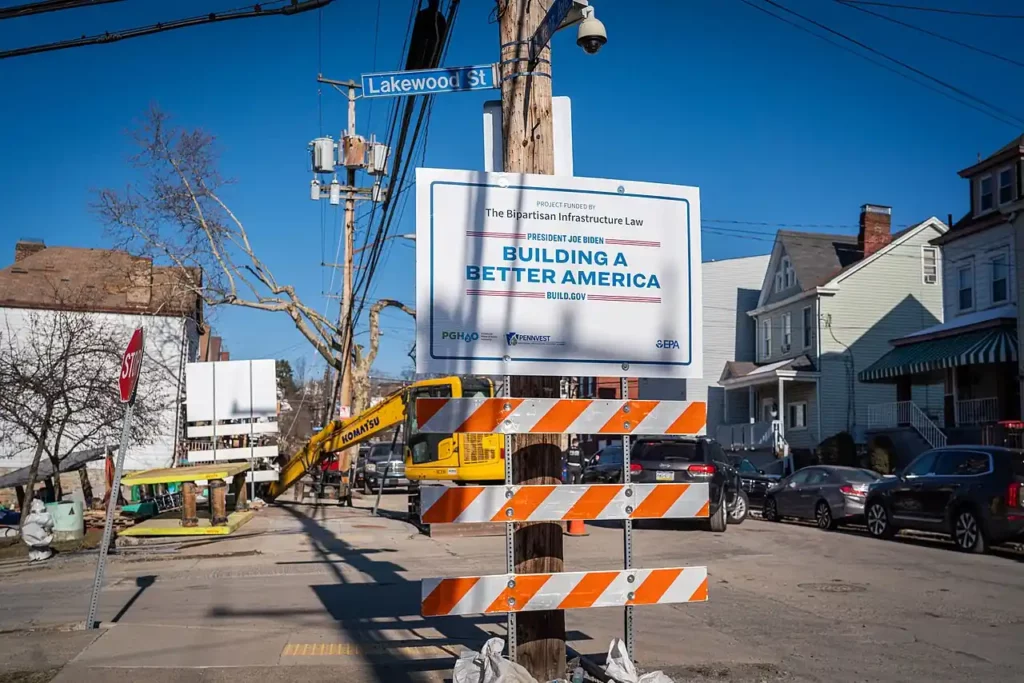
The American middle class, long considered the bedrock of national prosperity, is facing a quiet yet deepening crisis. Although many middle-income families are working harder than ever—holding down full-time jobs, earning college degrees, and attempting to save for the future—they are increasingly unable to achieve or maintain economic stability. Mounting housing costs, stagnant wages, student debt, rising healthcare expenses, and job insecurity have left millions in a precarious financial state.
The Vanishing Core of American Society
For decades, the middle class represented the majority of U.S. households. In 1971, over 60% of Americans were classified as middle income by the Pew Research Center. By 2021, that number had declined to just 50%, a sharp drop that signals an underlying structural problem.
According to the U.S. Census Bureau, the median household income in 2022 stood at $74,580. On paper, this seems stable, but adjusted for inflation, middle-class incomes have seen minimal real growth over the last 20 years. In contrast, the Consumer Price Index (CPI) has jumped significantly—up over 20% between 2020 and 2024. Essential expenses like housing, food, energy, healthcare, and childcare have far outpaced income growth, leaving the middle class squeezed from all directions.
Economic Instability Behind a Middle Class Façade
Despite appearances, many middle-class families are living paycheck to paycheck. A 2024 survey by Primerica reported that 65% of middle-income Americans say they are financially struggling. Nearly half (46%) would be unable to cover a $500 emergency expense without going into debt or borrowing from friends or family.
The Federal Reserve’s 2023 “Report on the Economic Well-Being of U.S. Households” echoes these concerns, revealing that 37% of adults could not afford a $400 emergency expense. While financial hardship is often associated with low-income earners, it now clearly affects those who earn significantly more.
Healthcare: High Costs, Low Security
A growing percentage of middle-class workers are underinsured or uninsured. Even with employer-based coverage, rising premiums and deductibles are eating into household budgets. According to the Kaiser Family Foundation, the average annual premium for employer-sponsored family health coverage was $24,000 in 2023—of which the employee contributed more than $6,500.
Out-of-pocket expenses for surprise bills, chronic care, or hospital visits can be financially devastating, even for insured families. One medical emergency can undo years of hard work and savings.
Housing Affordability: A Broken Middle Class Dream
The cost of housing in the United States has reached historic highs. According to Redfin, the national median home sale price surpassed $420,000 in early 2024. This represents more than a 40% increase since 2019. Simultaneously, mortgage interest rates have climbed above 7%, placing homeownership further out of reach for many.
The National Association of Home Builders reported that just 40% of U.S. households could afford a median-priced new home by the end of 2023. Rent prices have also skyrocketed, particularly in urban areas, forcing families to downsize, relocate, or spend disproportionate portions of their income on housing.
Higher Education, Higher Debt
Student debt in the U.S. has ballooned to over $1.7 trillion, with the average borrower owing more than $37,000. College degrees remain essential for many well-paying jobs, but the cost has become burdensome for middle-income families. Many young adults start their financial lives in deep debt, delaying homeownership, marriage, and savings.
Additionally, parents are increasingly taking on debt to help their children, stretching their own finances and threatening their retirement security.
Job Insecurity and the Disappearing Benefits of Work
The 21st-century labor market is less stable than ever. The rise of gig work, contract labor, and corporate downsizing has led to widespread job insecurity. Even middle-income salaried workers face unexpected layoffs and unstable benefits.
In 2023, over 240,000 tech jobs were cut. Many middle-class workers nearing retirement have inadequate savings and no pensions. The National Institute on Retirement Security reported that the median retirement savings for working-age families is $0.
From Middle Class to Working Poor
According to the Brookings Institution, over 40 million Americans—many of them teachers, nurses, or administrators—fall into the “working poor” category despite full-time employment. In high-cost regions, even an income of $100,000 can leave a family feeling financially unstable after taxes, housing, student loans, and childcare.
Mental Health and Social Fallout
According to the American Psychological Association, money is the number one source of stress for over 60% of Americans. Economic insecurity is linked to depression, anxiety, burnout, and lower life satisfaction. Families are delaying major life milestones like marriage, children, or retirement due to persistent uncertainty.
Public confidence in the future is declining. A Gallup poll in 2024 showed that only 20% of young adults believe they will be better off than their parents—a historic low.
Everyday Examples of Financial Strain
Across the country, middle-class Americans are struggling to stay afloat:
- A public school teacher in a major city works full time but can’t afford to leave her small apartment.
- A couple earning over $130,000 combined finds themselves with nothing left to save after paying for housing, childcare, and debt.
- A nurse with a college degree lives 90 minutes from work because rent near the hospital is unaffordable.
A Political and Economic Tipping Point
The economic stress endured by the middle class is creating deep societal rifts. Political polarization, mistrust in institutions, and declining belief in the American Dream are all linked to these financial anxieties. Young people are increasingly turning to minimalism, alternative work arrangements, or even emigration as a response to economic disillusionment.
Conclusion: The Middle Class Needs More Than Encouragement
The American middle class is under siege—not from a single threat, but from a confluence of economic forces that are making stability feel increasingly out of reach. Without bold, systemic reforms in housing, healthcare, education, labor, and taxation, this crisis will continue to deepen.
Rebuilding the middle class will require more than optimism. It will require action. The American Dream depends on it.